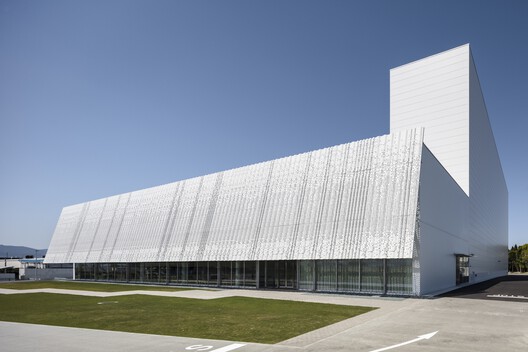Shifting airport scanner rules cause turbulence at Europe airports
BRUSSELS — The European Commission on Tuesday said it will allow some high-tech C3 scanners to be used again at airports to allow passengers to take up to 2 liters of liquids through security checks rather than the current 100 milliliter limit.
That reverses a September ban on using EDS CB C3 screening technology to allow passengers to carry larger quantities of liquids.
But the Commission’s shift in position is causing confusion because only scanners made by one company — the U.K.’s Smiths Detection — can be used again. That leaves airports that bought expensive scanners from rivals such as Nuctech and Rapiscan out in the cold.
Those scanners can’t be used again until the European Civil Aviation Conference, the intergovernmental organization responsible for harmonizing air transport safety rules in Europe, recertifies them and the Commission gives its final stamp of approval.
The new EU approval applies to “700 scanners that are located across 21 member states,” Anna-Kaisa Itkonen, the Commission’s transport spokesperson, said Tuesday, adding that many are in “major hubs.”
“The decision concerns the first configuration of a certain type of scanners, and there are other types as well,” Itkonen said, noting that each airport will be responsible for communicating which rules apply to their checks.
“They will have to inform passengers fully whether they are using this latest technology or whether they’re not using it,” she said. “It does not mean that now all passengers everywhere in the EU can take bigger containers of liquids with them.”
That’s leading to very different security rules across the bloc, sometimes even in the same city or within the same hub.
Passengers departing from Milan, for example, are now allowed to bring up to 2 L of liquids past security if they depart from Linate airport or Terminal 1 of Malpensa, while at Terminal 2 of Malpensa they still have to stick to the old 100 ml rule.
Milan Bergamo Airport announced it will maintain the 100 ml rule until Nov. 28, when the new scanners are expected to be installed at security checkpoints.
Amsterdam Schiphol Airport and other Dutch airports reportedly have the technology to bypass the 100 ml limit, but they announced that the old rule will remain in place for now.
The partial recertification of C3 scanners got a mixed reaction from airport lobby ACI Europe.

“This is very good news for passengers, airports and security overall,” said Olivier Jankovec, the lobby’s director general. But “this is only a partial outcome — leaving other manufacturers and airports equipped with their equipment in a vacuum.”
Nuctech called the EU’s process “lengthy and fragmented” but added that its machines “face no technical barriers” for recertification. “It is essential that the scheduling and testing remain transparent and fair to ensure equal opportunities for all suppliers,” Nuctech added in its statement.
The Chinese company was raided by the Commission last year under a foreign subsidies probe.
C3 scanners were supposed to ease rules for travelers while boosting security.
Airports generally require that liquids in hand luggage be stored in containers of up to 100 ml and removed from bags along with electronic devices such as laptops and smartphones. The C3 scanners allow for baggage to be inspected without taking those steps, speeding up security lines.
But the Commission banned this practice in September as a “precautionary measure not in response to any new threat but addresses a temporary technical issue.”
That eliminated the main incentive for airports to invest in C3 scanners, which are “on average 8 times more expensive than the conventional X-ray screening machines they are replacing, while operating maintenance costs are 4 times higher,” ACI Europe said in reaction to the EU decision.
Similar restrictions were introduced in the U.K., but the country backtracked in April, causing growing pressure on the Commission to follow suit.




















:quality(85):upscale()/2023/09/18/918/n/1922398/a1136b676508baddc752f5.20098216_.jpg)
:quality(85):upscale()/2025/10/09/670/n/1922283/00b944c868e7cf4f7b79b3.95741067_.jpg)
:quality(85):upscale()/2025/10/15/765/n/1922398/29c37a6e68efd84bb02f35.49541188_.jpg)
:quality(85):upscale()/2025/09/09/891/n/1922283/7222624268c08ccba1c9a3.01436482_.png)
















